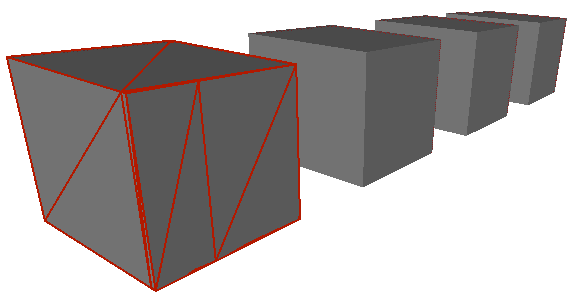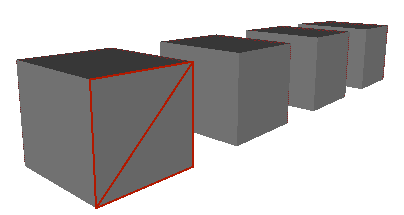Hello everyone,
I'm currently imitating this example from FME to generate 3D buildings from 2D polygons, but with my own data. I expected that, being 4 perfect squares, I'd get 24 tiles after running the deaggregator, but instead I have a few more.

It looks like some walls have been wrongly divided. I need to "simplify" these parts into an unique wall or else the appearence setter will not correspond.


The issue is that I can't seem to find the transformer or process to do this. I've tried changing the parametres to deaggregator and planarityFIlter, I've tried using Orientor and OrientorExtractor, I've been looking for some patterns in the orientation, surface coordinates or other attributes that could allow me to join them together… but none of them have worked. Has anyone got an idea how to solve this?
BTW the original 2D polygon comes a FGDB and it's a fme_composite_surface by the time the geometrycoercer is run. The behaviour may be different from Mesh Objects, CityGML or Interpolis, which would explain why some solutions I've found didn't work for this case.











